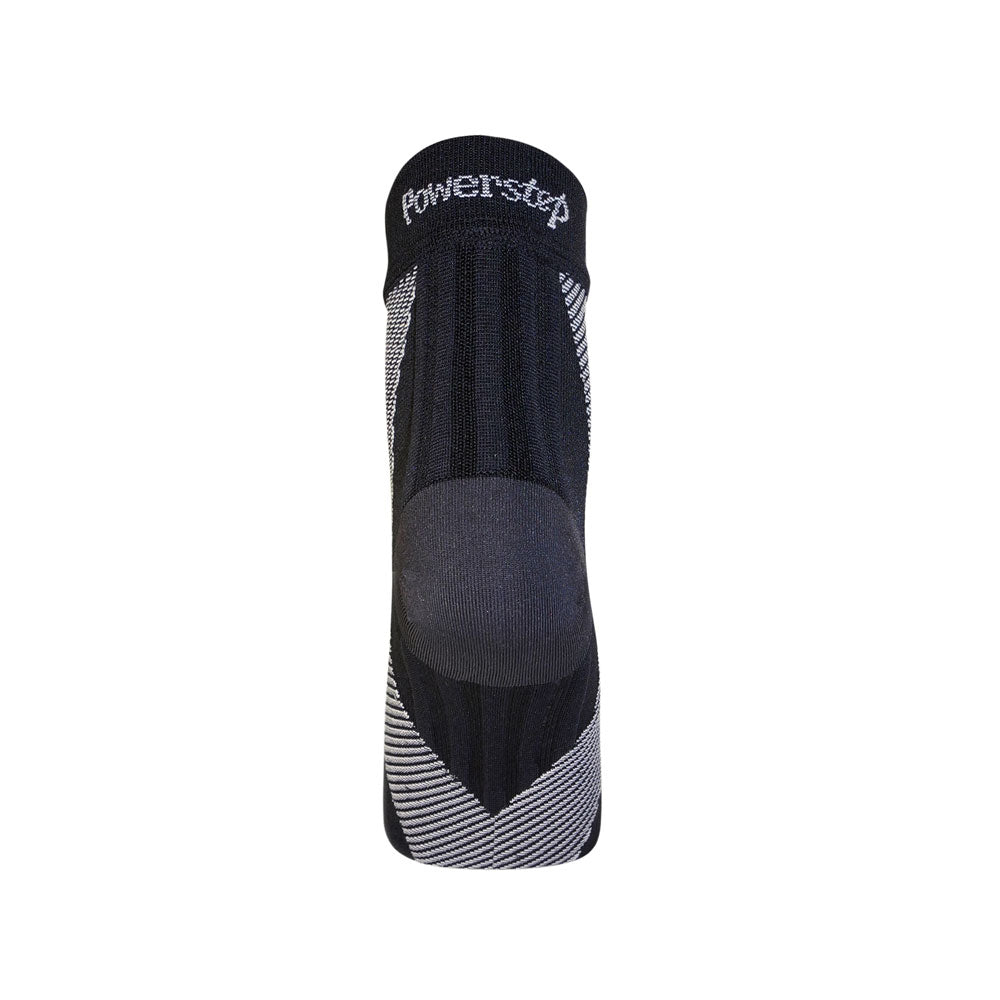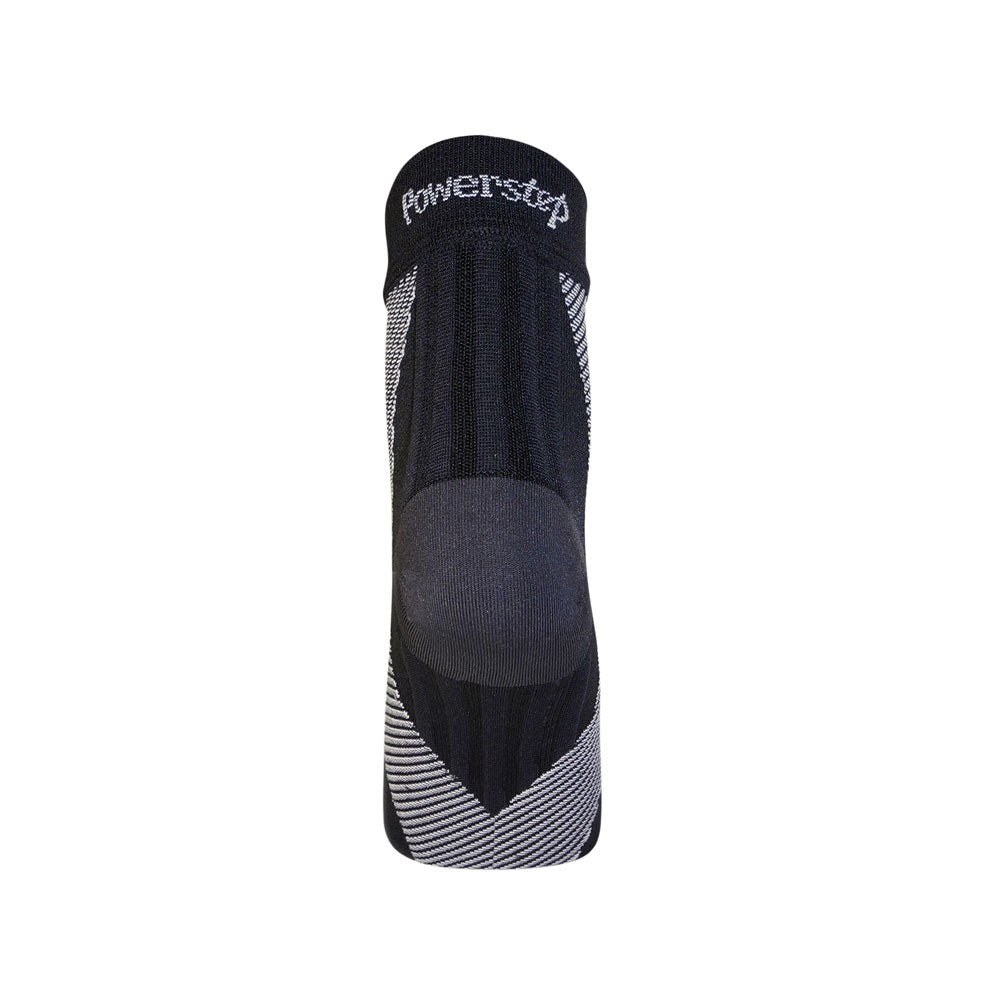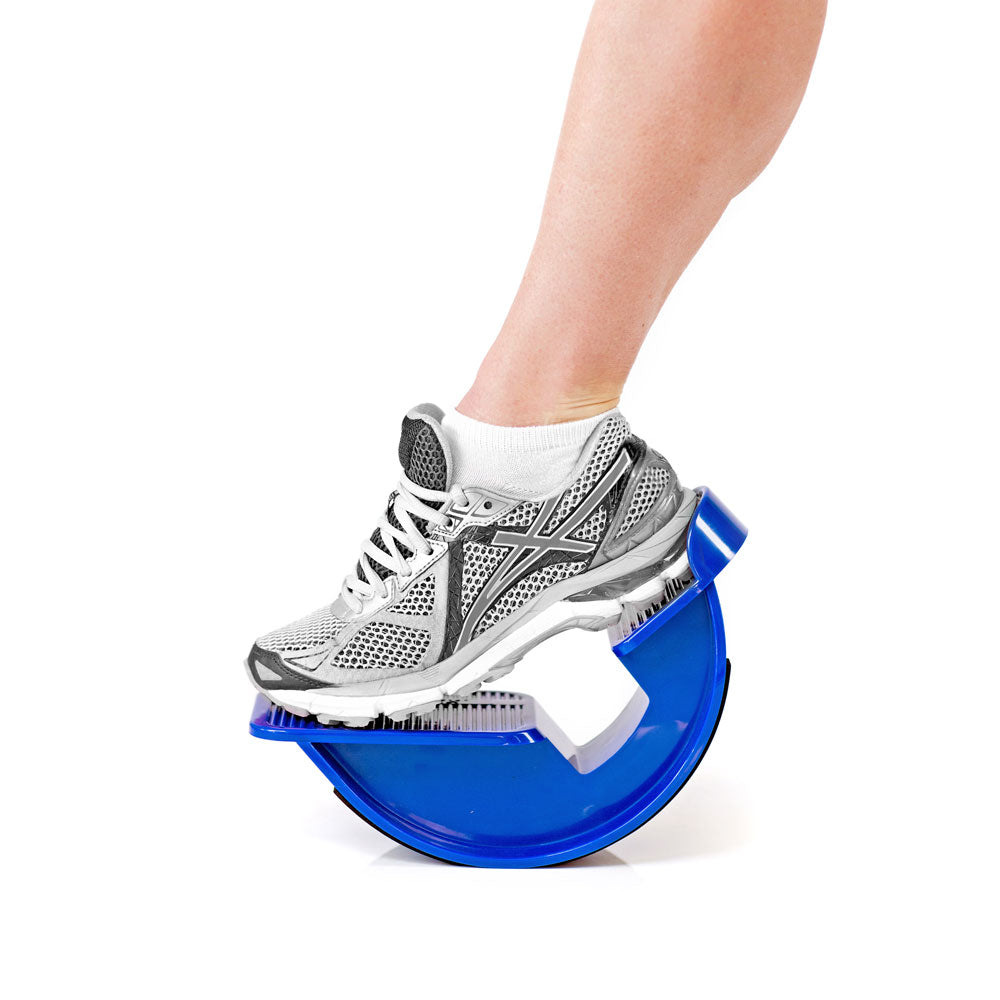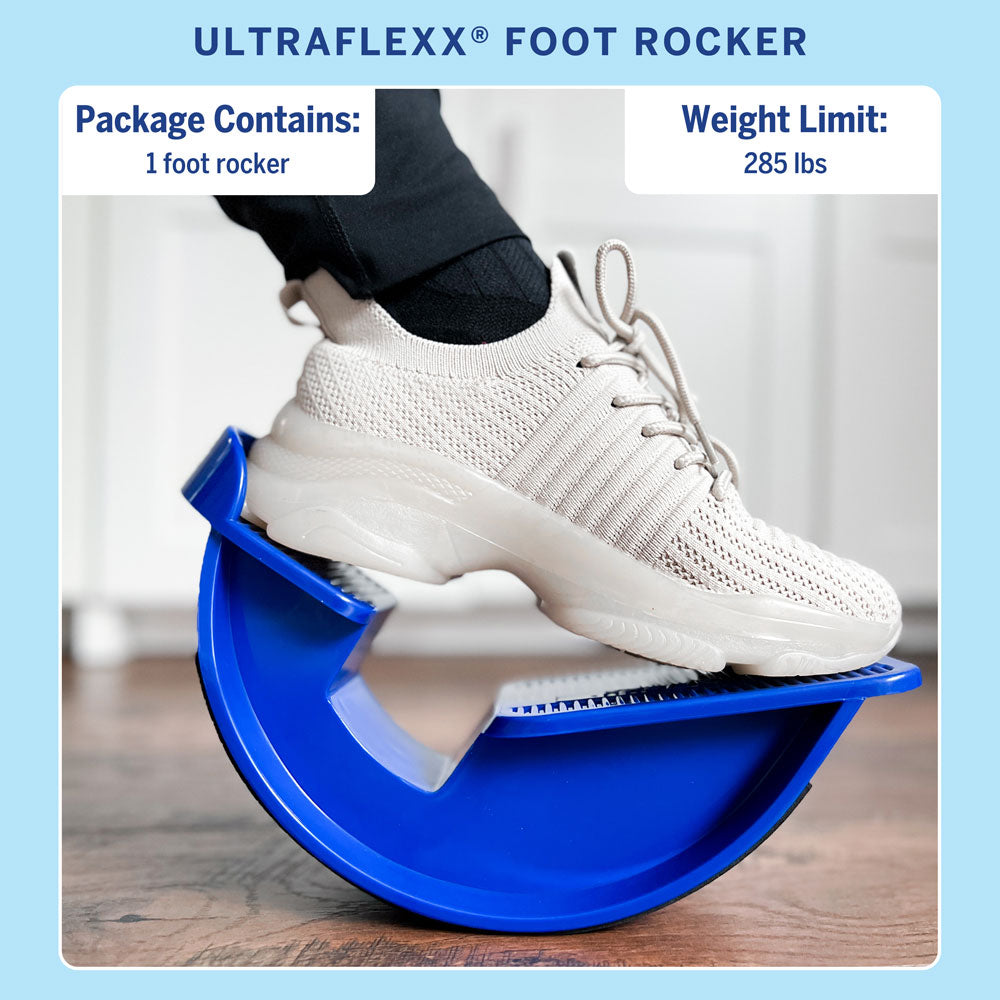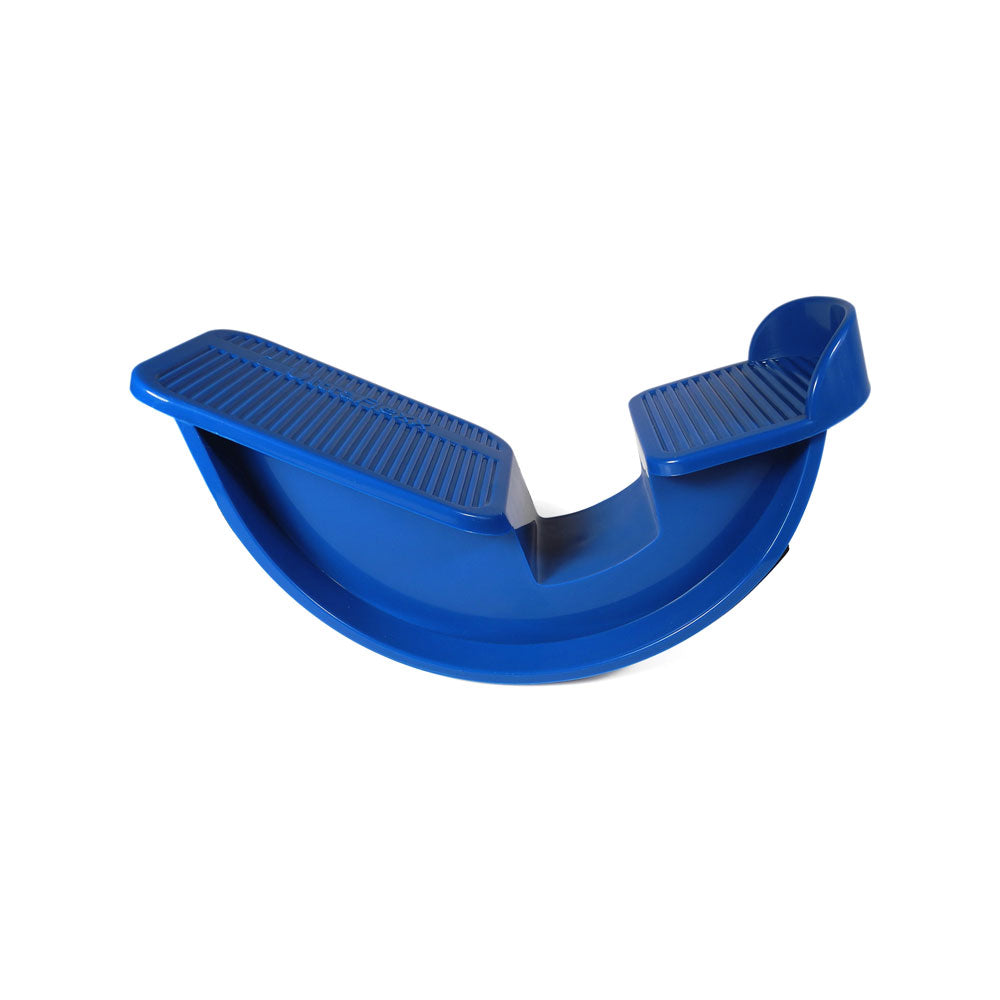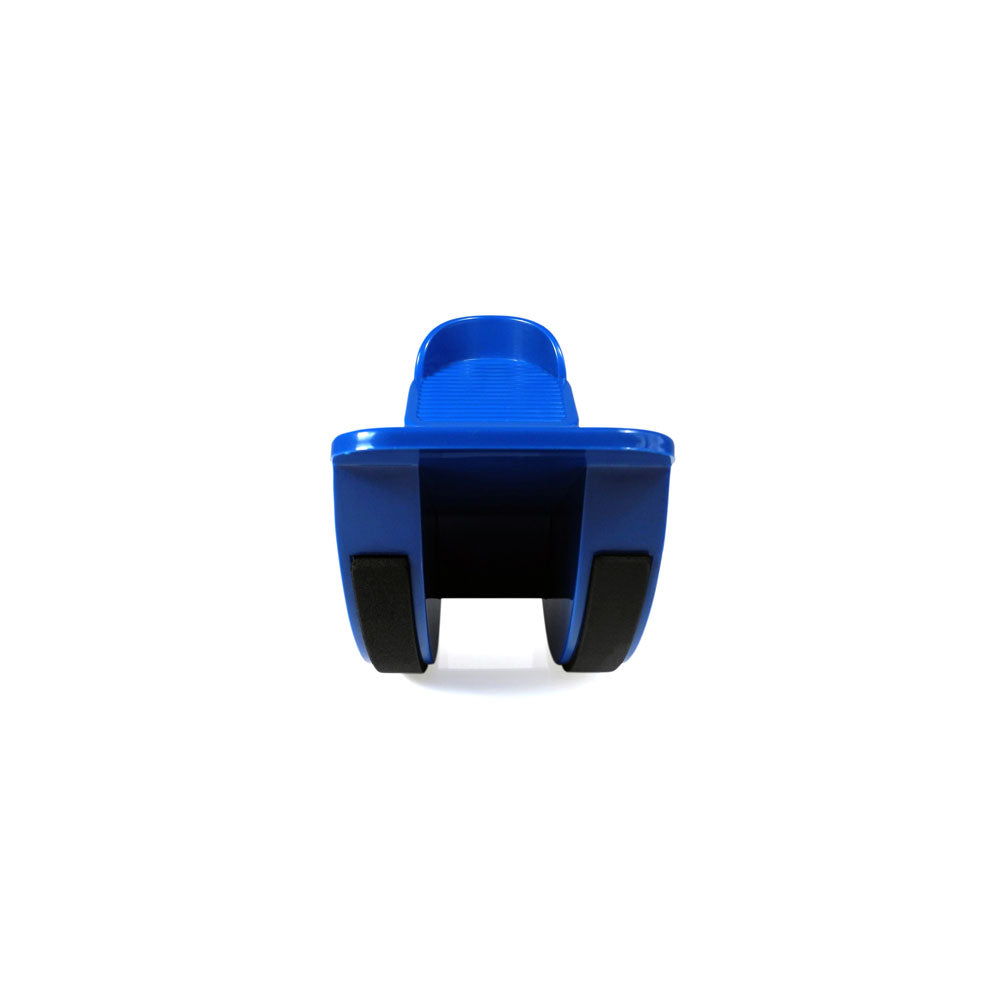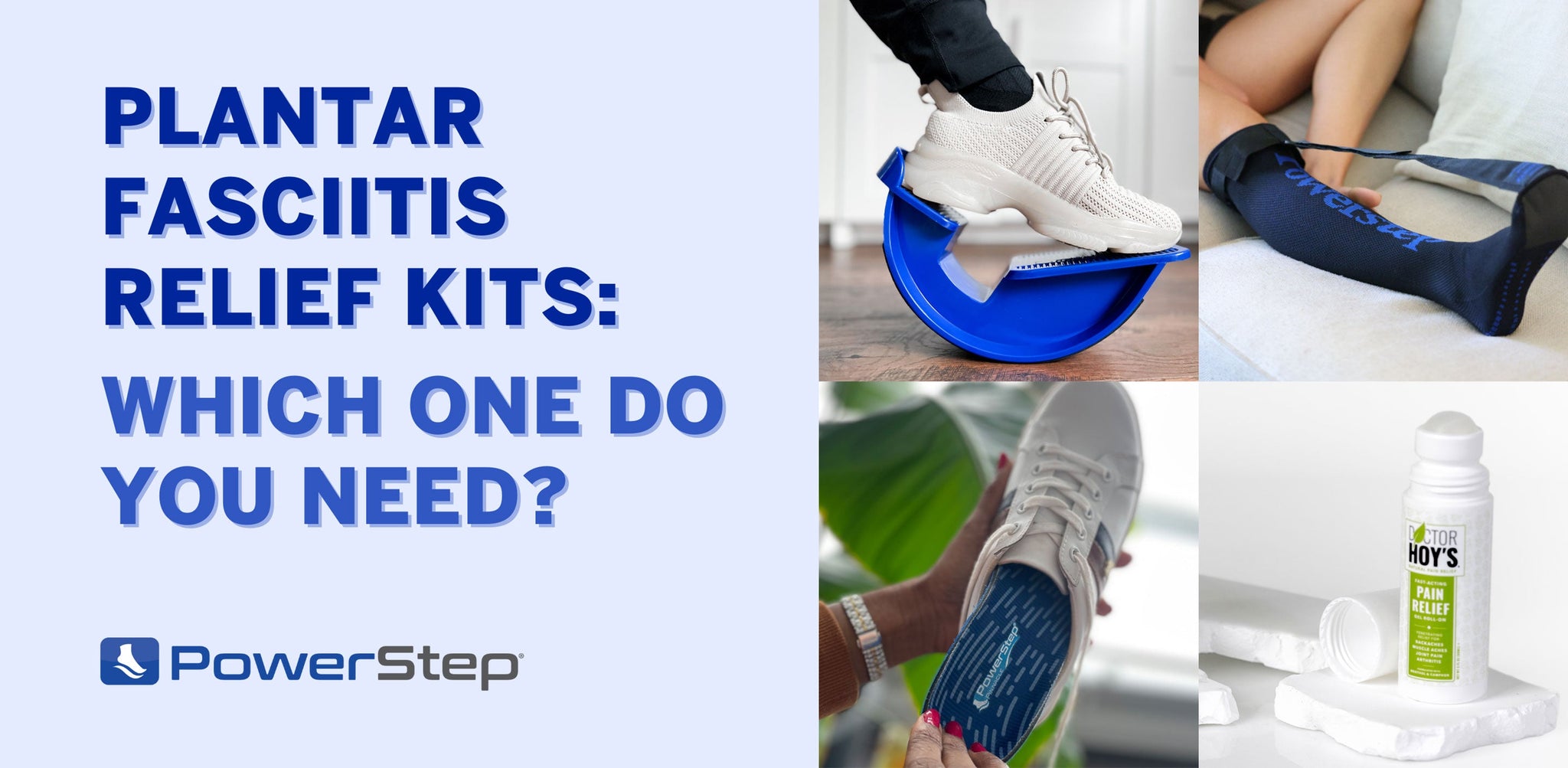Plantar Fasciitis Explained
Tired of stabbing heel pain? Discover clinically proven support to soothe your feet and get you moving again.
Plantar Fasciitis & Arch Pain

Understanding Plantar Fasciitis
People who spend a lot of time walking or standing may experience pain in their heel or arch. Prevalent in long-distance runners and those who are overweight, plantar fasciitis is one of the most common causes of heel pain.
The condition involves the inflammation of the plantar fascia, a strong band of tissue that plays an essential role in walking and other basic movements of the feet.
What Does It Mean When the Arch or Heel of Your Foot Hurts?
Heel Pain Starts with the Plantar Fascia
The plantar fascia is a tough band of tissue that runs along the bottom of each foot, connecting the heel bone to the ball of your foot and toes. It helps form and support your arch while absorbing shock when walking. Excess weight, rigorous movement, or long periods of standing can put too much tension or stress on the fascia, causing inflammation and swelling to occur.
Plantar fasciitis pain makes it difficult to walk. It can last anywhere from several days to a few weeks or months. Often, people with plantar fasciitis feel a stabbing pain in their heel shortly after getting out of bed in the morning, otherwise known as first-step pain. This tenderness may radiate towards the arch.
Symptoms of Plantar Fasciitis
Plantar fasciitis symptoms involve both heel pain and arch pain that may be described as aching, stabbing, or dull and constant. Usually, the pain goes away once you get moving, but returns after you’ve been standing for a while or when you stand up after resting. The degree or type of pain changes depending on the activity you’re doing and the time of day.
Standing barefoot on hard surfaces or wearing flat, non-supportive footwear can make the pain worse. While plantar fasciitis usually occurs in one foot at a time, wearing shoes with support or plantar fasciitis insoles can relieve the pain felt in one foot while preventing it in the other.
Common symptoms of plantar fasciitis are:
- Pain in the heel or arch
- Stiffness
- Swelling around the heel
- Tightness of the Achilles tendon
What Causes Plantar Fasciitis?
Putting too much stress on your feet produces small tears in the fascia while repeated stretching can cause irritation. Anything that damages the plantar fascia, from being on your feet all day to standing on hard surfaces, can lead to arch or heel pain. If you have heel pain, think about what activities you do and the type of shoes you wear to help determine the cause.
Road workers, teachers, police officers, and other professionals who spend most of their day walking or standing on hard surfaces are more prone to plantar fasciitis. For this reason, you might also hear someone call the condition “policeman’s heel.” A cushioned insole with arch support like the PowerStep® bridge series is a good option for preventing plantar fasciitis in these occupations.
Other plantar fasciitis causes include:
- Participating in activities that put increased stress on your heels
- Having flat feet, high arches, or a foot condition that affects how you stand
- Being overweight
- Exercising without stretching or warming up
- Walking or standing barefoot at home
- Wearing shoes that are too flat or lack support
How Do You Treat Plantar Fasciitis?
The most common forms of treatment for plantar fasciitis are at-home remedies like NSAIDs, icing, resting, and stretching. Stretches for plantar fasciitis help strengthen the plantar fascia, making it more flexible and resilient for a faster recovery.
In addition to these methods, orthotic insoles can play a critical role in both relieving and preventing plantar fasciitis. By supporting proper foot alignment and reducing stress on the plantar fascia, orthotics help address the root cause of heel pain. PowerStep® orthotics are clinically proven to relieve and prevent plantar fasciitis, providing targeted arch support and cushioning so you can recover more comfortably and stay active longer.
Other treatments for plantar fasciitis include:
- Physical therapy
- Massaging the arch and heel
- Modifying your activities to reduce stress on your heels
- Heel cups for added cushioning
- Wearing footwear with cushion and arch support
- Using athletic tape or an adjustable arch wrap
- Wearing a night splint to stretch your foot as you sleep
Shoes & Insoles for Heel Pain
PowerStep® insoles are the most popular products recommended by podiatrists for alleviating pain from plantar fasciitis. You can also find relief using our footwear, medical devices, braces, supports, and more.


Orthotics for plantar fasciitis support the arch of your foot, reduce stress on your heel, and provide cushioning to absorb shock as you walk or run.
Try the following PowerStep® products for plantar fasciitis relief:
PowerStep® Insoles for Plantar Fasciitis
Designed to prevent and relieve pain, PowerStep® Pinnacle insoles offer the right amount of arch support to keep the plantar fascia stretched throughout the day.
With several options to choose from, you can find the perfect balance of cushion and support so you can get back to the activities you enjoy pain-free. Use our insole finder to find the best insole for plantar fasciitis or other foot conditions.

PowerStep® ArchWear™ Orthotic Footwear & Shoes
Do your wood or tile floors at home make your plantar fasciitis pain worse? Give yourself the best shoes for plantar fasciitis with PowerStep® footwear.
We’ve put our patented arch shape into our orthotic sandals and slippers to ensure continuous support whether you’re vacationing at the beach or cozying up at home. Browse the site for sandals for plantar fasciitis and men’s and women’s slippers.
Nighttime Relief
The plantar fascia contracts and tightens during the night, as many people sleep with their toes pointed and sometimes even curled. For this reason, those suffering from plantar fasciitis typically experience the most pain in the morning. Night splints for plantar fasciitis help prevent and alleviate this pain.
Our UltraStretch® Night Sock and Dorsal Night Splint provide a gentle stretch to help reduce inflammation and relieve first-step pain. Splints provide more rigid support for severe discomfort while our night sock provides a similar stretch for sensitive sleepers.
Braces & Supports
Plantar fasciitis braces and supports are useful when recovering from plantar fasciitis. Our Plantar Fasciitis Support Sleeve provides compression around the arch, lifting and supporting it to ease strain on the plantar fascia.
The UltraFlexx® Foot Rocker stretches and strengthens the muscles, ligaments, and tendons of the foot and lower leg. It increases flexibility and strength to help prevent and treat injuries. Continual stretching of the soft tissues can help prevent recurrence of plantar fasciitis.
FAQs About Plantar Fasciitis & Arch Pain
Looking for other plantar fasciitis treatments or need to know when to see your doctor? These frequently asked questions about plantar fasciitis provide more information about the condition and how PowerStep® insoles can help you get back to living a life without heel or arch pain.
Learn More About Plantar Fasciitis Through Our Blog
Other Common Foot Conditions
REFERENCES
- Plantar Fasciitis: Causes, Symptoms & Treatment. (n.d.). Cleveland Clinic.
- Johns Hopkins Medicine. Plantar Fasciitis. (2022). www.hopkinsmedicine.org.
- Mayo Clinic. Plantar fasciitis - Symptoms and Causes. (2018). Mayo Clinic.














